Recreating a Lost Classic: The Bespoke Leather Book Satchel
- info593685

- 1 day ago
- 2 min read
Some projects challenge not only the hands of the artisan, but also the very limits of what is still possible in today’s world of mass production. When S.L. reached out to us, he wasn’t looking for just any bag. He wanted to bring back to life a piece of luggage that had disappeared from the market decades ago—a rigid book satchel once crafted by T. Anthony, famously seen in a 2008 New York Times profile of playwright Tom Stoppard.
The request was as fascinating as it was difficult. Hard-sided cases of this type were once symbols of elegance and intellectual charm, but they had all but vanished with the arrival of lighter, synthetic materials and modern production methods. In Italy today, perhaps only a handful of artisans still have the knowledge and patience required to create such a piece.
This bag had to be strong enough to carry the weight of several books while also retaining the vintage elegance of the original. For that reason, we decided on a wooden structure as the foundation—robust, reliable, and built to endure. Over this skeleton, we carefully applied natural vegetable-tanned leather, chosen not only for its durability but also for its ability to age gracefully, absorbing the marks of travel and becoming more beautiful with time.
One of the defining features was its dual opening system: a lid that lifted upward like a trunk, and a front flap that folded down to reveal the neatly stored books. For the interior, we recreated the lush detail seen in the original photograph, lining it with a rich, velvet-red fabric that contrasted beautifully with the warm tones of the leather exterior.
The process required the collaboration of both a skilled woodworker to craft the structure and our master leather artisans to patiently wrap and stitch the piece into shape. Every curve, fold, and joint was treated with care to ensure the satchel was as functional as it was evocative of a bygone era.
When the final piece arrived in the hands of our client, the response went beyond satisfaction:
“The case has arrived, and it’s beautiful! It made my girlfriend cry when she opened it. Thanks to you and to your craftsmen for their wonderful work. I’ll be sure to recommend you to everyone who admires the case.”
This project is a reminder of why craftsmanship matters. Some objects are not just accessories, but vessels of meaning—symbols of love, thoughtfulness, and the kind of artistry that only human hands can preserve.





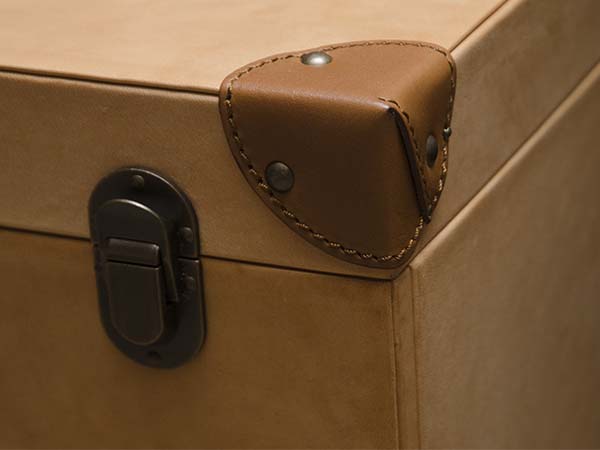



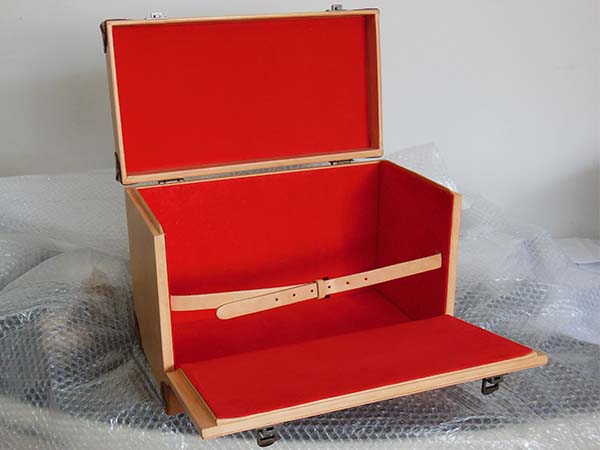

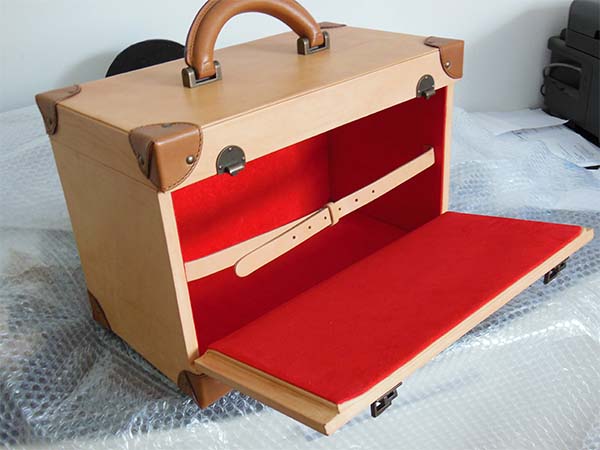

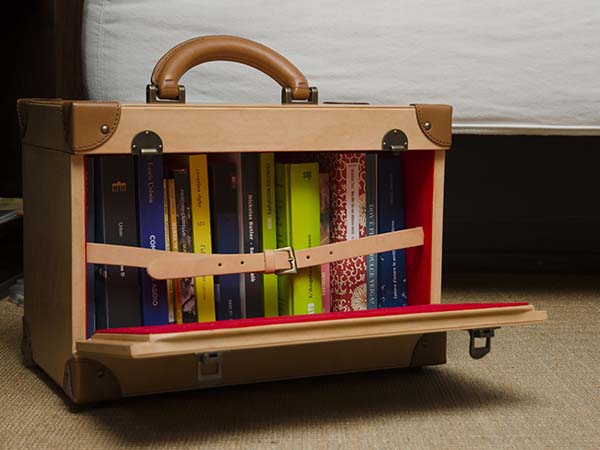

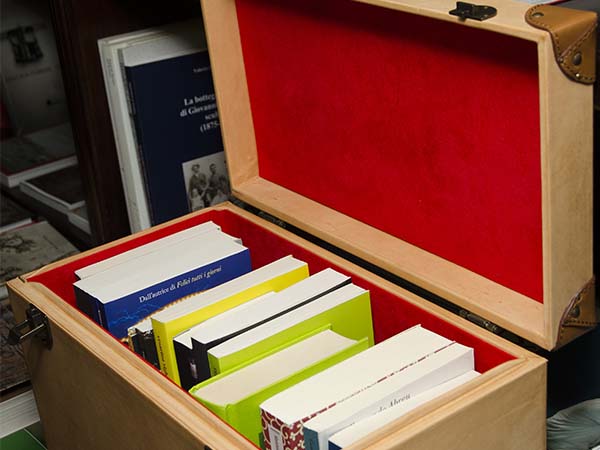

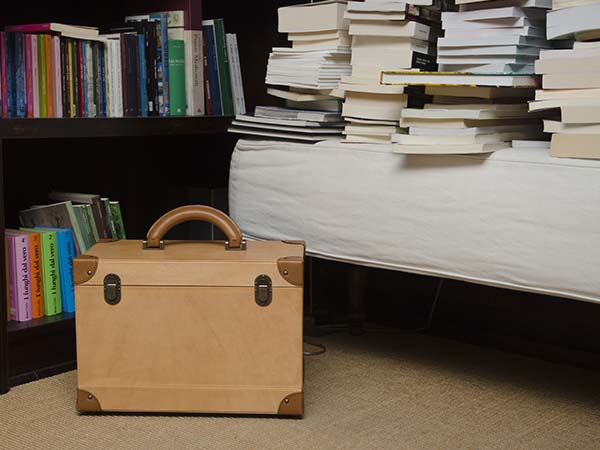

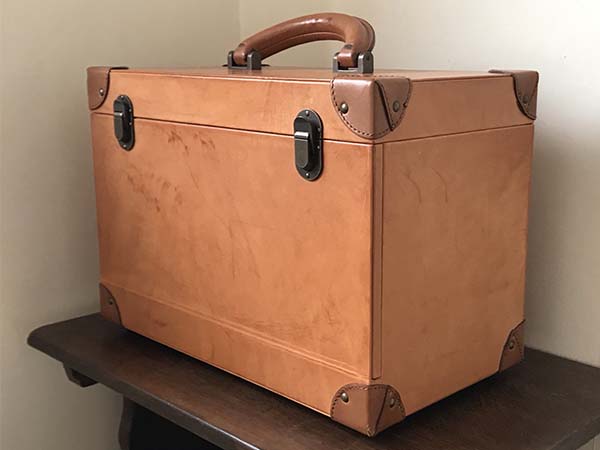










Comments